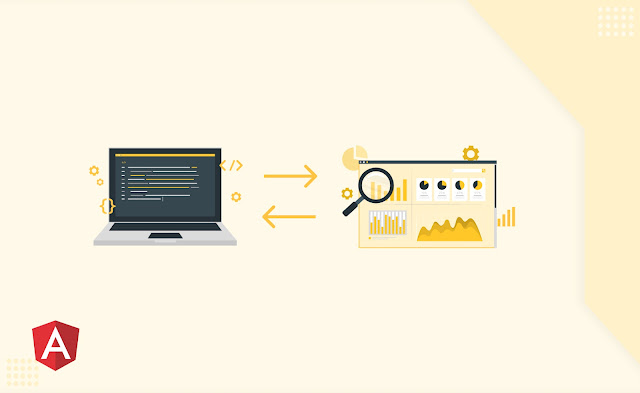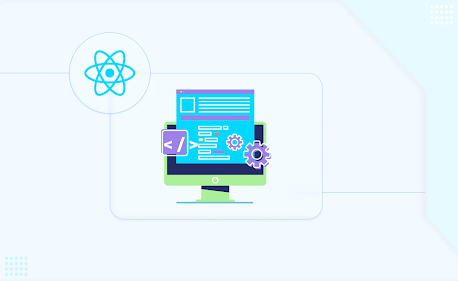React 19 Features and Updates

React recently released a beta version of React 19, focused on preparing libraries for the upcoming stable release. While application developers should currently use React 18.3.0, this blog explores the exciting new features coming to React 19. Effortless Data Management with Actions A common React task involves data mutation and subsequent state updates. React 19 simplifies this process by introducing support for asynchronous functions in transitions. This allows you to handle pending states, forms, errors, and updates automatically using the useTransition hook. New Hooks for Streamlined Development React 19 introduces several new hooks to enhance development workflows: useActionState : Manages common use cases for Actions. <form> Actions : Manages forms automatically within React DOM. useFormStatus : Supports common Actions within forms. useOptimistic : Handles optimistic updates during data mutation. use : Reads resources directly in the render function, suspending rende





